Disjointed tools and systems waste time and money. A streamlined ecosystem doesn’t just improve security — it boosts ROI.
You’ve got the right tools. The team’s got access. Everything works — technically. But something still feels off.
Your team spends too much time toggling between systems. Files live in multiple locations. Information gets lost in email chains. You’re constantly copying, pasting, uploading, downloading — and repeating.
If this sounds familiar, your IT ecosystem might be silently dragging your business down.
When Systems Don’t Talk to Each Other, Your Business Pays the Price
It’s not always obvious at first. But disjointed systems create friction in every department:
Sales loses momentum trying to track leads across tools.
Operations slows down waiting on updates or duplicate entries.
Customer service struggles without real-time access to accurate info.
- Leadership lacks visibility into performance and priorities.
And here’s the kicker: no one really owns the problem, because it’s happening between systems, not within them.
The Real Cost of a Clunky Ecosystem
Let’s break down how this inefficiency shows up:
Wasted time: 10 minutes lost per employee, per day = 40+ hours per year.
Missed revenue: Delays in proposals, invoices, or follow-ups stall deals.
Low morale: Teams feel frustrated by tech that “kinda works” but doesn’t help.
Increased risk: Data spread across too many platforms increases security exposure.
- Missed insights: Disconnected data means poor reporting and decision-making.
In short? A patchwork system costs you money — even if it’s technically functional.
What a Streamlined IT Ecosystem Actually Looks Like
An optimized ecosystem is more than just a list of software tools. It’s a connected, intentional framework that aligns with how your business operates.
That means:
- Tools that integrate and share data
- Automation that reduces manual tasks
- Centralized reporting and dashboards
- Aligned access levels and permissions
- Scalable platforms that grow with you
It’s not about using fewer tools — it’s about using the right tools in the right way.
How to Spot Ecosystem Inefficiency in Your Business
Ask yourself:
Are we duplicating effort across platforms?
Do we have to manually export/import data between tools?
Is our team relying on spreadsheets to “glue” the system together?
Are key decisions delayed because information is hard to find?
- Do we have tools that no one really uses (but we’re still paying for)?
If the answer to any of these is yes, it’s time for a reset.
How to Fix It: A Business Leader’s Action Plan
You don’t need to be technical to lead the charge. Here’s where to begin:
- Audit your current tools
Identify what you’re using, what it costs, and how it’s (not) connected.
- Map your workflows
Trace key business processes (e.g., lead to invoice) and identify tech bottlenecks.
- Get help connecting the dots
Bring in a strategic IT advisor (like BizCom Global) to recommend smarter integrations, consolidations, or upgrades.
- Prioritize ROI
Fixing one core bottleneck can improve speed, reduce risk, and pay for itself quickly.
Final Thought: Streamlining Isn’t Just IT — It’s Strategy
The tools you use should work for your team, not against them. A healthy IT ecosystem helps you move faster, serve clients better, and make smarter decisions.
Because at the end of the day, tech isn’t just infrastructure — it’s how your business moves.
Ready to streamline your tech and reclaim your time?
Book a 5 Pillar Business Technology Risk Assessment with BizCom Global — and uncover the hidden inefficiencies holding your business back.



